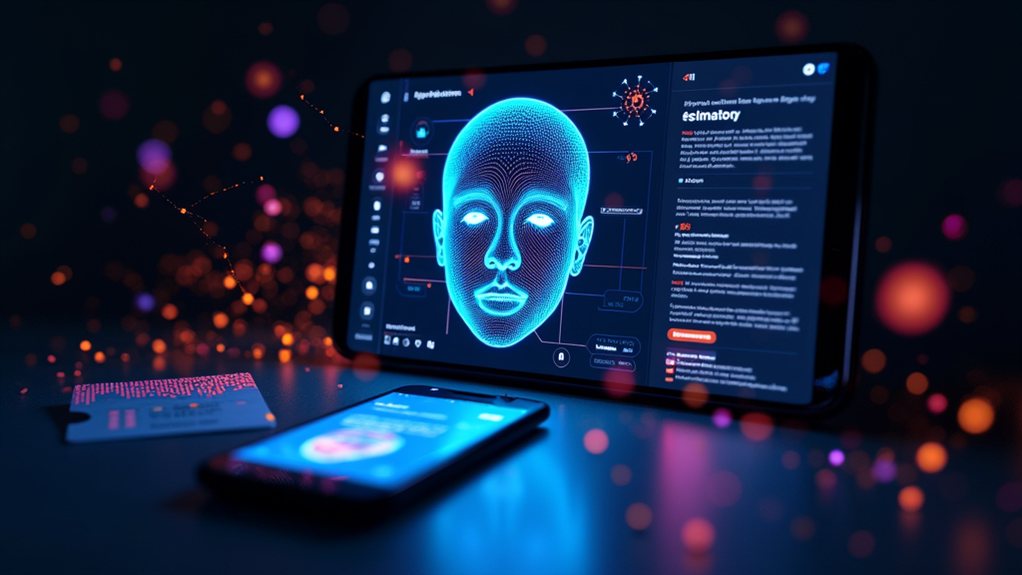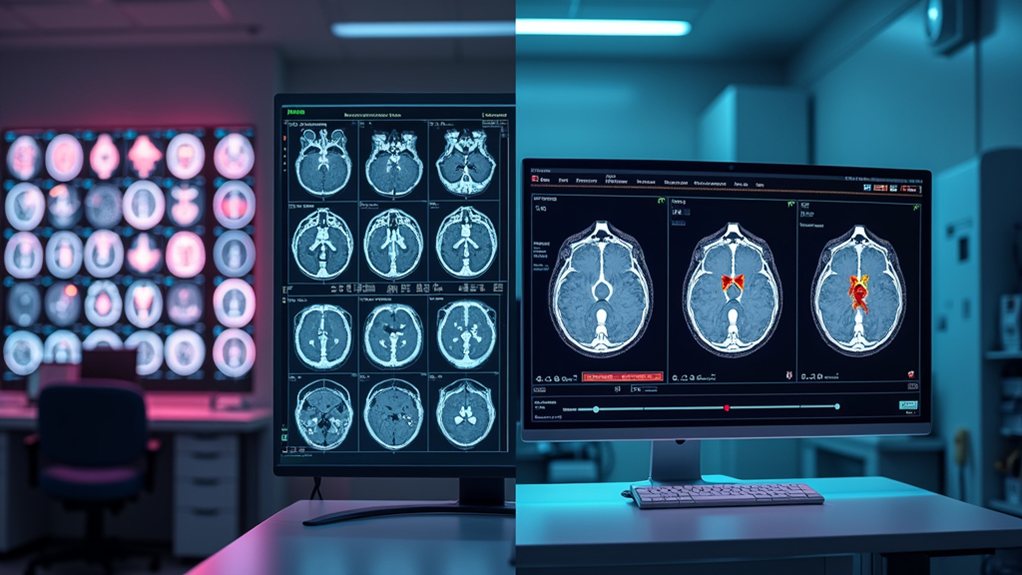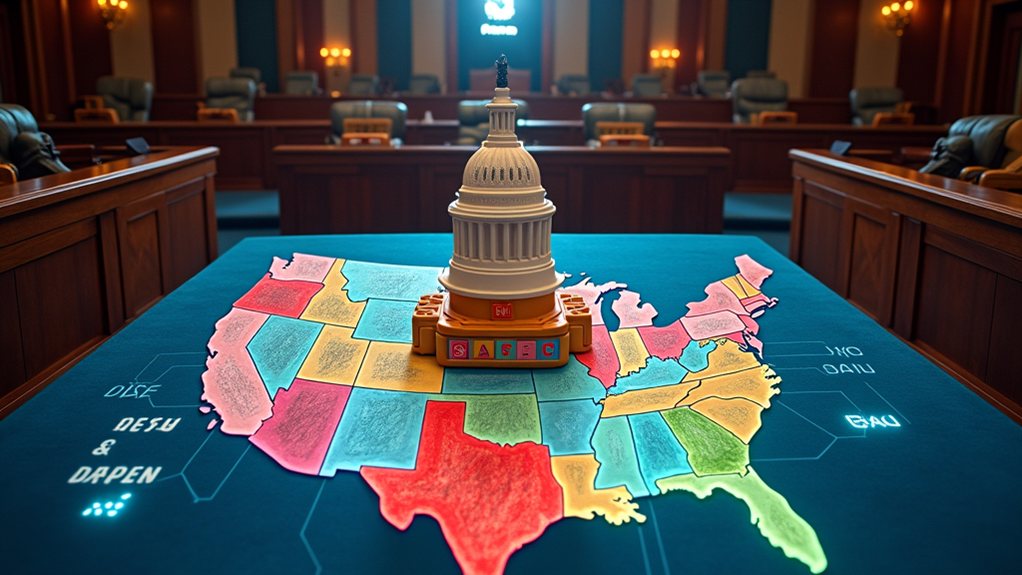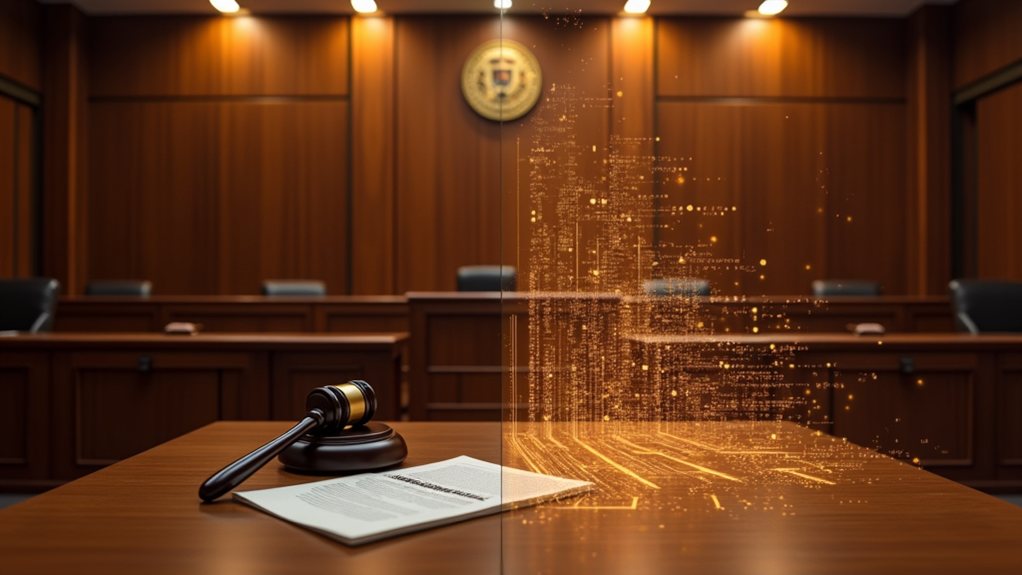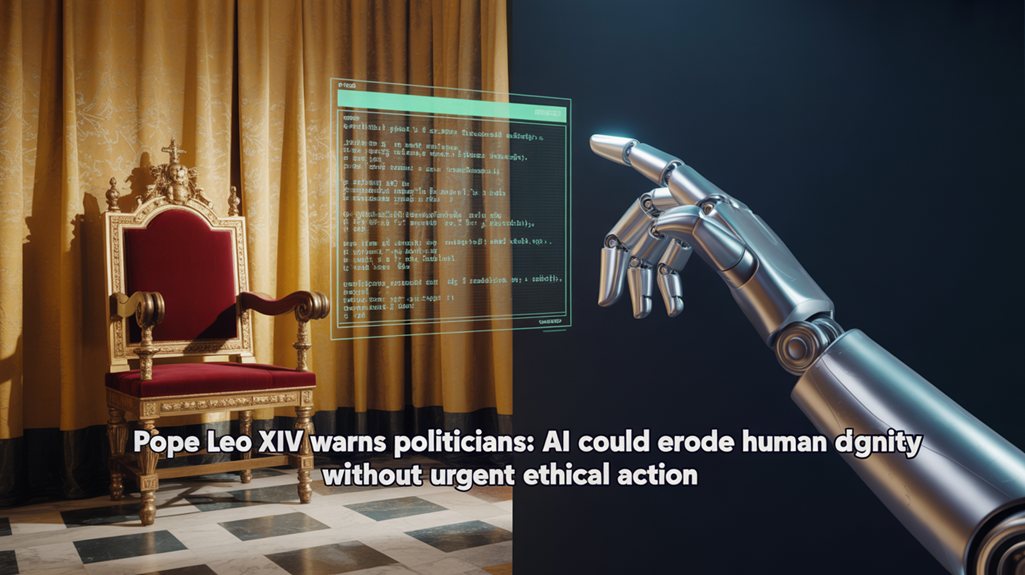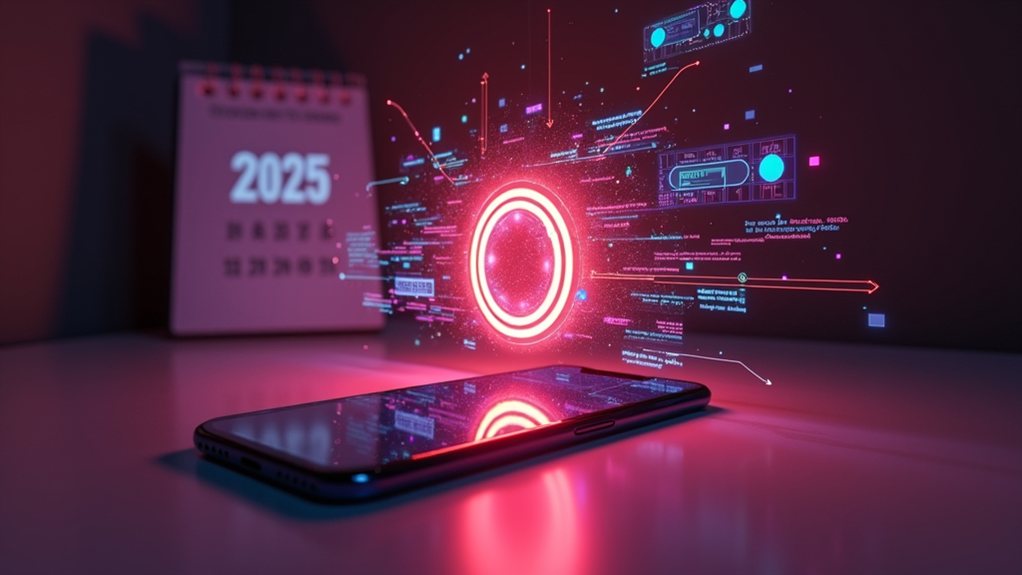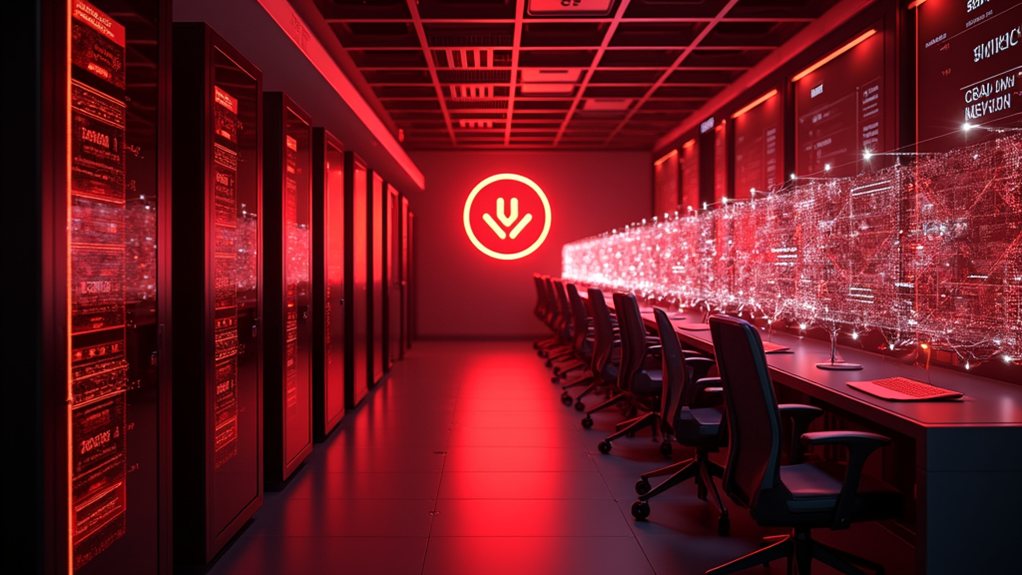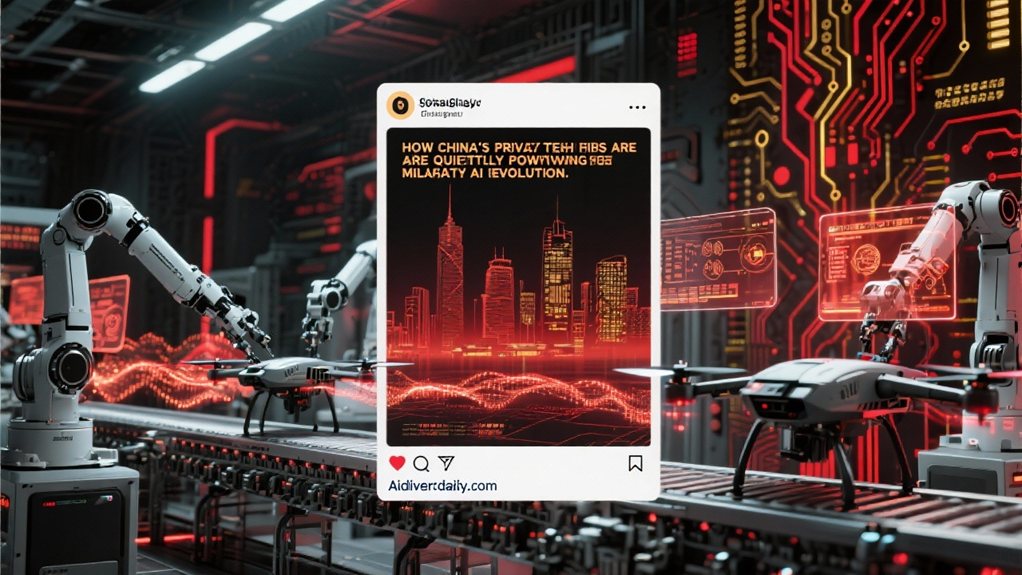While humans have always relied on IDs and awkward questions to figure out someone’s age, AI is now making that call with surprising precision. Leading models boast error margins of just 2.3 to 3.5 years. Not bad. Incode’s algorithm hits around 3 years off on typical selfies, while ROC’s model nails it within 2.3 years for young adults in mugshots. These systems excel particularly at the legally significant ages—telling apart 14-year-olds from 20-year-olds. That’s exactly where it matters most.
But AI isn’t perfect. Far from it. These systems produce false positives—labeling kids as adults—and false negatives, thinking your 30-year-old self is actually 17. Incode claims an impressive false positive rate of 0.047 when distinguishing between teens and young adults. Translation: they’re pretty good at keeping kids out while letting adults in. But users constantly try to game these systems. It’s like digital whack-a-mole. With data privacy concerns rising, 57% of people now view AI systems as a major threat to their personal information.
The tech world now has two distinct approaches. Traditional age verification demands government IDs, credit checks, or carrier data. Slow. Thorough. Old-school. Age estimation, meanwhile, just looks at your face and decides. Quick. Painless. Possibly wrong. The second method is winning because nobody wants the friction of uploading their license just to watch a YouTube video. The average age estimation process with Incode’s technology takes just 3 seconds, significantly reducing friction in the user signup process.
Here’s where it gets messy. These AI systems struggle with bad lighting and terrible selfies. Who knew? They’re also biased against minorities and marginalized groups—shocker—because that’s what happens when your training data isn’t diverse. Fashion trends throw them off too. Suddenly everyone’s wearing bucket hats, and the AI thinks we’ve all regressed to childhood. Modern AI solutions also incorporate behavioral signals to improve accuracy, analyzing usage patterns that might indicate a user’s actual age.
The privacy implications are enormous. Some find comfort knowing their ID isn’t being stored somewhere, vulnerable to the next big hack. Others are creeped out that computers are measuring their facial features to determine if they’re allowed to enter a website.
For online platforms, it’s a balancing act. Too strict, and you’re turning away legitimate users. Too lenient, and you might face legal consequences for letting minors access restricted content. The technology keeps improving, but perfect age estimation remains elusive. Maybe that’s for the best. After all, do we really want computers to know exactly how old we look?
